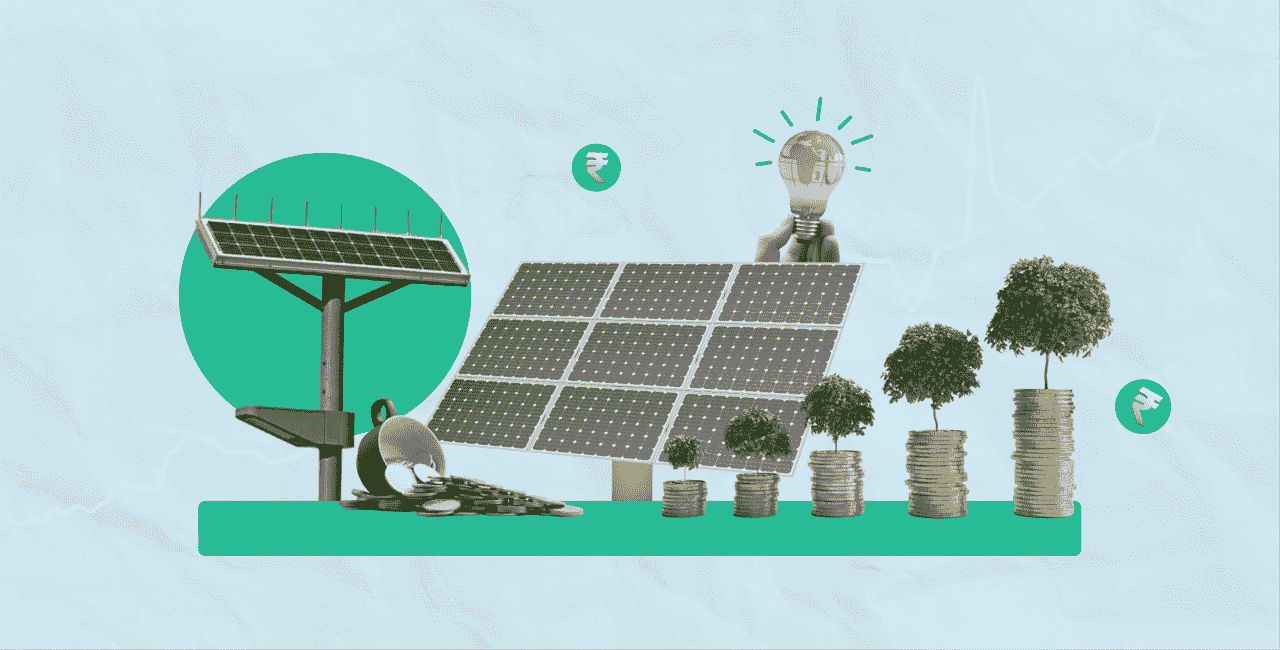In recent years, the shift toward renewable energy sources has accelerated, with solar energy at the forefront of this transformative movement. Solar energy projects are not only pivotal in reducing carbon footprints, but also offer significant financial benefits to homeowners and businesses alike. Understanding the return on investment (ROI) for solar energy projects is essential for anyone considering this sustainable energy option. In the points below, we delve into the factors that affect ROI and how to calculate it effectively for solar installations.
Key Factors Influencing ROI
The ROI of solar energy projects can be influenced by a variety of factors, including:
- Initial Installation Costs: The upfront cost of installing a solar power system is a critical factor – this includes the cost of solar panels, inverters, mounting hardware, and labour. Prices can vary significantly based on the quality of the equipment and the complexity of the installation.
- Solar Power System Size: The size of a solar power system is directly proportional to its cost, but also to its potential energy generation. Calculating the optimal size of a system based on your energy needs can maximise your financial returns. A useful tool for this is a solar power size calculator, which helps estimate the ideal system size for your specific circumstances.
- Energy Savings: Solar energy systems reduce or even eliminate electricity bills by generating renewable energy on-site. The amount of money saved varies based on the energy production capacity of the system, local energy prices, and energy consumption habits.
- Incentives and Rebates: Many governments and local utilities offer incentives, rebates, or tax credits for installing solar power systems. These can significantly decrease the net cost of your solar investment and improve the ROI.
- Increase in Property Value: Homes and buildings with solar energy systems often see an increase in property values. This bump in property value can be considered part of the ROI, as it will benefit the owner in the event of a property sale.
- Lifespan and Maintenance Costs: Solar panels typically have a long lifespan – often 25 years or more – with relatively low ongoing maintenance costs. The durability and longevity of solar panels contribute positively to the ROI, with minimal additional costs over their operational lifetime.
Calculating ROI
Calculating the ROI for a solar energy project involves a few steps:
- Total Costs: Sum up all the initial and ongoing costs related to the installation and maintenance of the solar system.
- Total Savings: Estimate the total electricity cost savings and additional financial benefits (like incentives and increased property value) over the expected life of the system.
- Net Benefits: Subtract the total costs from the total savings to determine the net benefits.
- ROI Percentage: Divide the net benefits by the total costs and multiply by 100 to get the ROI percentage.
A higher ROI percentage indicates a more profitable investment. It’s also important to consider the payback period, which is the time it takes for the initial investment to be recouped through savings. A shorter payback period means a quicker return on your investment.
Ready to invest in solar?
Investing in solar energy can offer substantial economic benefits and contribute to environmental sustainability. By carefully considering the factors that affect ROI, potential investors can make informed decisions about their solar energy projects. Understanding and calculating ROI accurately ensures that solar power remains not only a viable option for sustainable energy, but also a wise financial investment.
By keeping these considerations in mind, stakeholders can effectively assess the viability and profitability of solar energy investments, steering towards a greener and more economically beneficial future.

